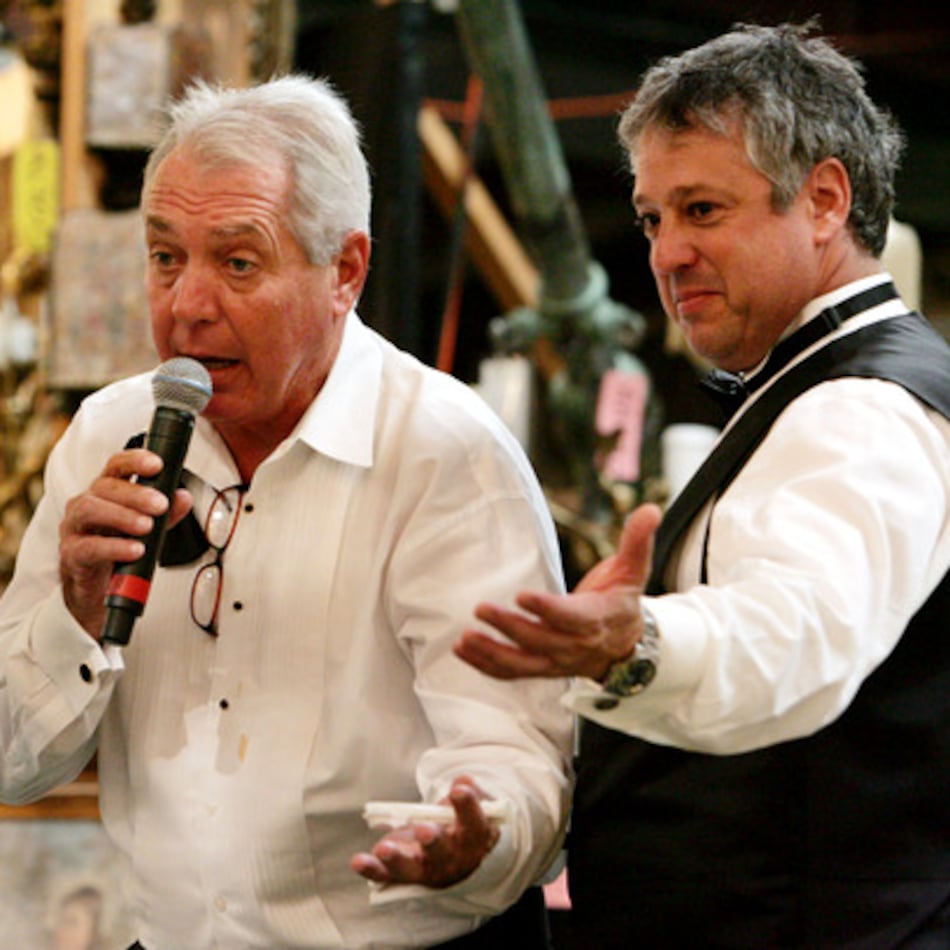College freshman Andrew Watson is looking for love anywhere he can find it in spring 1970 when the countercultural revolution slaps him upside the head.
As a student at a fictional college in Concord, Virginia, Andy is more concerned with bedding his long-distance girlfriend Shelley than being drafted to fight the war in Vietnam. Then the historical Kent State shootings occur: The Ohio National Guard opens fire on a campus anti-war rally and kills four unarmed students, spurring protests across the nation.
In Virginia author Robert Wilson’s introspective and witty debut “The Love You Take,” the Kent State shootings jolt Andy out of his lingering adolescent stupor. He becomes aware of his privilege and recognizes that he no longer lives in a world that “exists for him as a medium like the ocean in which a fish swims.”
Homing in on the middle-class white male experience with a precision reminiscent of acclaimed American author John Updike, Wilson delivers a coming-of-age exploration of the shifting social mores surrounding sex, love and fidelity that manifested throughout the 1970s.
The author assembles a cast of eclectic and sensual characters who circle in and out of each other’s lives as they grapple with many facets of love — mainly who to love, how to stay in love and what it costs to love.
Andy uses the 1970 student revolt to learn how to love after he uncouples with Shelley and moves in on a girl his classmate, “Saint” John Stuart Brockenbrough III, is dating. Susanna Agincourt is a “foxy” French Louisianan who doesn’t own undergarments, a concept that titillates Andy. They begin a sexual relationship that lasts a few weeks but defines the rest of his life.
Credit: Warbler Press
Credit: Warbler Press
Luckily for Andy, who remains oblivious until Susanna sets him straight, Saint John is a confident and self-possessed gay man who invites Andy to join their friend group. The threesome shares an evening with a disparate crew of students and staff at a dinner party hosted by the notorious womanizer Professor Martin Harold “Hal” Wainwright. It’s an eye-opening night that Andy describes as “the last day of his childhood.”
While Andy is befuddled to learn Hal and Saint John are engaged in a flirtation, his greater takeaway is that he is “not so much shocked at them as shocked at his own unawareness.” Andy begins to wonder what other truths he is floating through life failing to observe.
Wilson’s character-driven tale weaves back and forth through time as Andy, collecting friends along the way, voyages between various life stages — from graduation to his marital struggles to his employment by a man who tries to seduce his wife. Leaning on character development over plot to relay his story, the author creates a sense of mystery with these gaps in time that provide his narrative with momentum.
Through Andy’s long-term friendship with Saint John and Hal — who initially conceals his sexuality at work behind his playboy reputation — Wilson illustrates how the younger and older generations experience queerness differently.
Women also start embracing their sexuality without apology as the story plows into the mid-’70s. There are a handful of scenarios where Andy is approached by lubriciously confident women, usually in fluctuating stages of undress, that test his commitment to his marriage.
Remaining faithful is perhaps Andy’s biggest hurdle to overcome on his journey from boyhood to family man. In one comical scene, Andy inadvertently shoots himself with a spear gun trying to achieve this very goal.
Andy is an undeniable ladies’ man obsessed with female beauty. Wilson’s descriptions of the women who rotate in and out of Andy’s life are detailed, numerous and frequently include specific characteristics of each woman’s breasts — serving up an acute reminder of how objectification was socially acceptable at the time.
Some of Wilson’s female characters, such as Susanna, are well-developed individuals with backstories and unique idiosyncrasies. Yet others seem to exist solely to bolster Andy’s psychosexual development and are missing key characteristics of their own.
Shelley reenters Andy’s life and plays a pivotal role in his maturation. And yet, despite the elaborate monikers bequeathed to Andy’s male counterparts, Shelley’s last name is never revealed. The same goes for her friend Jan, a hypersexual woman who brazenly hits on Andy in wildly inappropriate situations.
But as Andy ages and his maturity deepens, he recognizes the problematic nature of viewing women solely as objects of his sexual desire. This awareness dawns on him when a prospective employer asks if the wife of a mutual acquaintance is still “hot.”
“She’s probably not as hot as she once was, but she’s still pretty warm,” he replies. Later, questioning the intention behind his own answer, he ruminates over whether his statement means more than that the wife is “merely alive.”
The counterculture succumbs to convention as Andy and his cohorts march into the 1980s struggling to hold on to love. As Wilson’s evocative snapshot of sexual liberation winds down, Andy looks out over his spirited friend group and acknowledges, “they’d each been battered by love, and enthralled by it, and nobody was even remotely ready to give it up.”
Instead, they sail into adulthood having clarified what each individual needs to be loved.
FICTION
“The Love You Take”
by Robert Wilson
Warbler Press
280 pages, $27.95
About the Author
Keep Reading
The Latest
Featured



